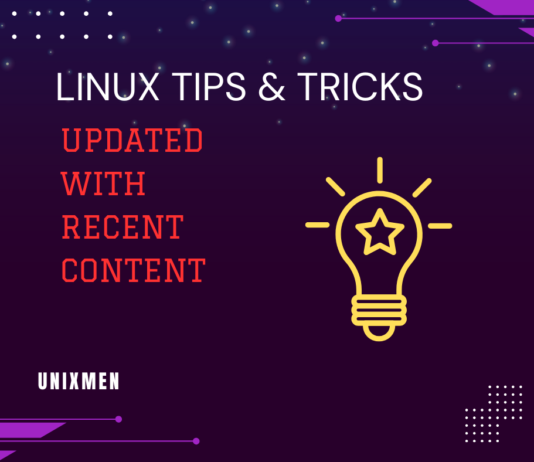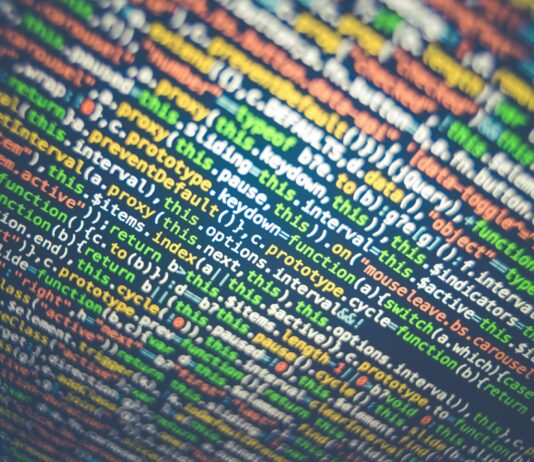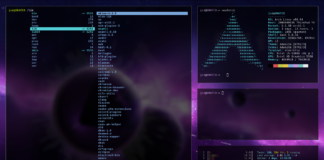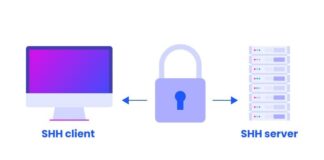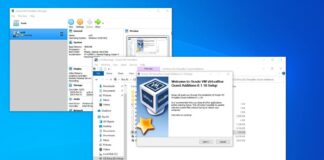Markdown Italics: Instructions, Pitfalls, and Solutions
There are plenty of markup languages available. This page is written on HTML, a markup language. One of them is Markdown, a lightweight markup...
JSON Checker: Validate and Debug JSON Files
What is JSON Checker?
It is a tool (most of the cases), or a script (the backend) used to validate and verify JSON (JavaScript object...
Why Every Linux/Unix User Should Try Creative Fabrica’s Font Generator
Typography isn’t just for designers—it plays a vital role in programming, terminal applications, system interfaces, and documentation readability. Whether you’re customizing your Linux desktop,...
The Essential Guide to CNAPP on Linux for Cloud Security
Source
You probably don't need anyone to tell you that securing cloud environments can be complex, especially when dealing with diverse architectures that include VMs,...
Game Development on Linux
If you’ve ever thought about making games but assumed Linux wasn’t the right platform for it, think again! While Windows and macOS might dominate...
Content Marketing for Linux/Unix Businesses: Why Outsourcing Makes Sense
In today’s competitive digital landscape, small businesses need to leverage every tool and strategy available to stay relevant and grow. One such strategy is...
White-Label Link Building for Linux-Based Websites: Saving Time and Resources
As a digital marketing agency, your focus is to provide high-quality services to your clients while ensuring that operations run smoothly. However, managing the...
How to Update Kali Linux?
Kali Linux is a Debian-based, open-source operating system that's ideal for penetration testing, reverse engineering, security auditing, and computer forensics. It's a rolling release...
How AI is Revolutionizing Linux System Administration: Tools and Techniques for...
AI-powered tools are changing the software development scene as we speak. AI assistants can not only help with coding, using advanced machine learning algorithms...
Mastering email encryption on Linux
In today's digital age, safeguarding your communication is paramount. Email encryption serves as a crucial tool to protect sensitive data from unauthorized access. Linux...
How is Linux Used in Retail?
E-commerce sites are competing with countless competitors, so they must operate with speed, efficiency, and scalability to meet customer demands. Behind the scenes, many...
How to Install Arch Linux
Arch Linux is a popular Linux distribution for experienced users. It's known for its rolling release model, which means you're always using the latest...
ZHS Autosuggestion
Working in the terminal can be significantly more efficient with the right tools, and zsh-autosuggestions is one of the most powerful plugins available for...
SSH Max Limits and Optimization
SSH (Secure Shell) is a powerful tool for remote administration and secure data transfer. However, it's crucial to understand and configure its limits effectively...
How to Add Guests in VirtualBox
What are VirtualBox Guest Additions?
VirtualBox Guest Additions is a software package that enhances the functionality of virtual machines running in Oracle VM VirtualBox. It...
QR Codes and Linux: Bridging Open-Source Technology with Seamless Connectivity
QR codes have revolutionized how we share information, offering a fast and efficient way to connect physical and digital worlds. In the Linux ecosystem,...
How to Change DPI: Adjusting Image Resolution
What is DPI and Why Does It Matter?
DPI, or Dots Per Inch, is a critical measurement in digital and print imaging that determines the...
AI Voice Generators: How Linux based Platforms are Crafting Authentic Narratives...
The digital age has brought about a myriad of technological advancements. Each progress path has helped reshape various industries. And there is no better...


